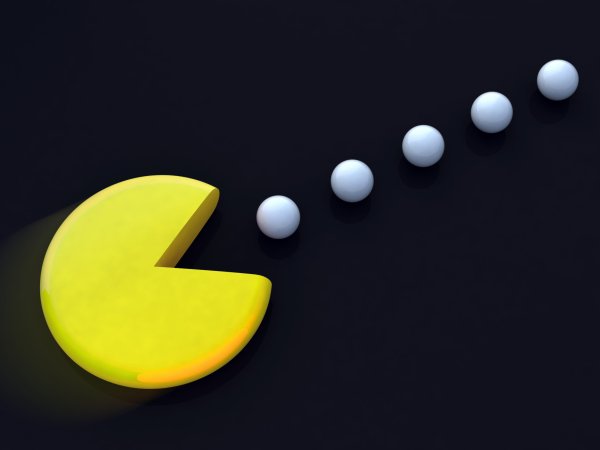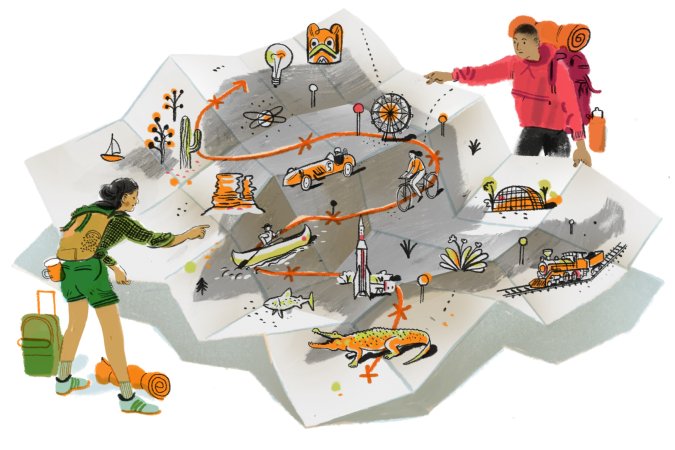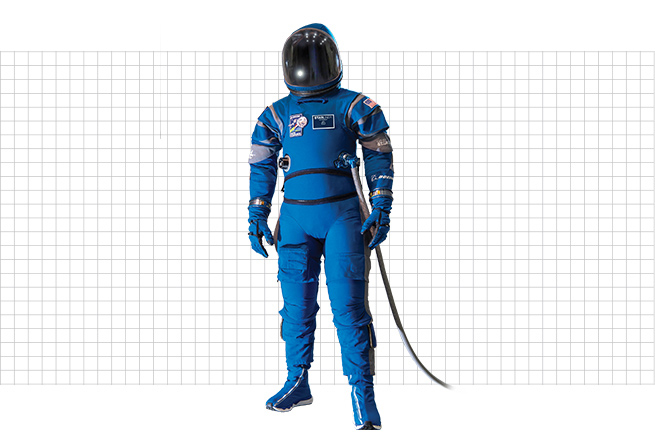

Edges define an object’s shape. Without them, we wouldn’t know a square from a circle. But we don’t need a complete mold for a figure to take form. A prime example? The eerily vibrant triangle above.
In reality, no polygon exists. There aren’t any connecting lines within the sectioned colors to create it. Yet, our brains trick us into thinking that the Pac-Man-like characters are full circles, topped with a 3D triangle.
The illusion depends on careful placement. Our minds can make do with scant information, says Christof Koch, chief scientist of the Allen Institute for Brain Science. Here, the Pac-Man shapes sit at the would-be triangle’s edges, so we reckon a polygon is actually there.
Such leaps are useful in real life. If someone hides behind a tree and all you can see is their leg, your brain unconsciously fills in the gaps and you conclude it conceals a full person—rather than a bunch of rogue body parts.
The non-triangle’s existence is far less secure. The brain relies on alignment, rather than the parts of a puzzle, to process information. So it detects this shape only if the Pac-Man blobs and sideways-V brackets are precisely positioned to imply a triangle hovering above. Fiddle too much, Koch says, and you won’t see the illusion anymore. Don’t worry. It was never really there anyway.
This article was originally published in the Summer 2019 Make It Last issue of Popular Science.







